Rewind to 2015: How Accurate Were Forecasts on Self-Storage Industry Growth?
Introduction: Why Looking Back Drives Us Forward
Understanding self-storage trends from the past decade is more than historical curiosity—it's a roadmap for the industry's future. Much like how generative AI analyzes past patterns to predict what’s next, reviewing 2015’s storage industry predictions offers clarity on what shaped today’s market and where it's headed.
In this post, we revisit major 2015 forecasts about demand, technology, and consumer behavior—and assess what came true, what didn’t, and what nobody saw coming. We'll also explore how COVID-19 reshaped the industry and spotlight what self-storage looks like in 2025, with an eye toward 2030 and beyond.
The State of Self-Storage in 2015: A Conservative, Manual Industry
In 2015, the self-storage sector was still considered a recession-resistant yet under-the-radar asset class. There were approximately 48,000 facilities across the U.S., many of which operated with limited technology.
Key characteristics in 2015:
- Localized operations with manual workflows
- Minimal online presence; static “brochure-style” websites
- On-site managers and paper-based systems were standard
- Demand driven by urbanization, downsizing millennials, and retiring boomers
While consumer behaviors were changing, many operators lacked the tools to capitalize on this evolution. Predictions for technology adoption, market growth, and investor interest began to take shape.
Self-Storage Predictions from 2015: What Came True?
1. Market Demand and NOI Growth
- 2015 Forecast: High occupancy rates and limited supply would increase net operating income (NOI).
- 2025 Outcome:
Confirmed. Steady rent growth, strong demand, and higher NOI defined the decade.
2. Institutional Investment & Private Equity
- 2015 Forecast: Investors would enter and consolidate the market.
- 2025 Outcome:
Accurate. REITs and private equity firms have scaled up, reshaping the competitive landscape.
3. New Construction and Oversupply
- 2015 Forecast: New supply would remain limited.
- 2025 Outcome:
Incorrect. Oversupply in urban markets led to softened rents and high competition.
4. Consumer Behavior and Urbanization
- 2015 Forecast: Urban demand would grow.
- 2025 Outcome:
Partially true. Urban markets grew, but suburban and rural areas surged post-COVID.
5. Technology Adoption
- 2015 Forecast: Tech adoption would be slow.
- 2025 Outcome:
False. Online rentals, AI tools, cloud management, and smart access are now industry norms.
Technology Transformation: The Digital Self-Storage Boom
The biggest disruptor of the decade? Technology. What was once considered a low-tech industry is now a digital-first business model.
Key tech innovations:
- Cloud-based property management software for remote operations
- Contactless rentals via online reservations, digital payments, automated kiosks and mobile apps
- AI for revenue optimization, pricing, and maintenance scheduling
- Smart locks and 24/7 digital access for tenants
People remain essential. Managers, marketers, and third-party operators have adapted quickly, merging real estate knowledge with tech fluency. The industry still values relationships and community knowledge, but now demands a fluency in data and digital tools-such as SC Navigator.
How COVID-19 Accelerated Industry Change
Between 2019 and 2022, the self-storage industry faced a major test: the COVID-19 pandemic. It passed with flying colors, revealing just how resilient and adaptive the model is.
Pandemic-era shifts:
- Surge in demand from household changes, remote work, and relocations
- Rapid digital transformation with contactless rentals and online payments
- Proof of recession resistance, with facilities maintaining profitability
COVID didn't just challenge operators—it pushed them into a new digital era.
The Self-Storage Industry in 2025: A Snapshot
A decade after 2015, today’s self-storage industry is larger, smarter, and more customer-focused.
2025 Trends:
- Market Size: Projected global value of $89B by 2033
- Automation: AI and IoT tools are used at scale
- Design: Cleaner, better-branded, and consumer-friendly facilities
- Flexible Rentals: Month-to-month terms are now standard
- Sustainability: Green buildings, solar panels, and energy-efficient practices
- Revenue Pressure: Price softness and occupancy drops are squeezing margins
- REIT Expansion: Corporate consolidation is making it harder for small operators to compete
2030 and Beyond: What’s Next for Self-Storage?
Looking ahead, the next five years are poised to bring further innovation and disruption.
Emerging Trends:
- AI Expansion: Smart pricing, predictive analytics, and even facility maintenance
- Hybrid Facilities: Mixing storage with logistics hubs and co-working spaces
- Global Growth: Operators entering Europe, Asia, and Latin America
- Sustainable Infrastructure: LED lighting, solar units, and water recycling systems
- Lean Workforce: Fewer employees, but more skilled and tech-savvy
- Revenue Diversification: Add-ons like tenant insurance and retail services
- Advanced Marketing: SEO-driven websites with strong backend systems will be crucial
Conclusion: From Predictions to Progress
The self-storage industry has proven adaptable, resilient, and innovative over the last decade. Many 2015 predictions materialized—some more accurately than others—but all contributed to a smarter, more streamlined future.
As we head toward 2030, success will hinge on three things:
- Embracing technology
- Navigating
market consolidation
- Evolving with
consumer expectations
The message is clear: the self-storage industry is no longer just about space. It’s about smart space, supported by smart people and smarter technology.
Want to stay ahead of what’s next in self-storage?
Subscribe to our blog and explore how
Storage Commander helps operators innovate, automate, and grow in a competitive landscape.

